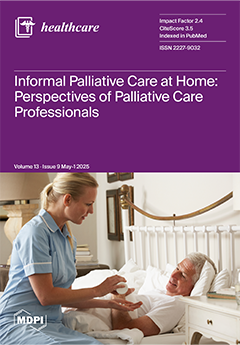Background: The integration of artificial intelligence (AI) into mental health care is reshaping psychological support systems, particularly for digitally literate populations such as nursing students. Given the high prevalence of anxiety and depression in this group, understanding their perceptions of AI-driven mental health support is critical for effective implementation.
Objectives: to evaluate nursing students’ perceptions toward AI-driven mental health support and examine its relationship with anxiety, depression, and their attitudes to seeking professional psychological help.
Methods: A cross-sectional survey was conducted among 176 undergraduate nursing students in northern Jordan.
Results: Students reported moderately positive perceptions toward AI-driven mental health support (mean score: 36.70 ± 4.80). Multiple linear regression revealed that prior use of AI tools (β = 0.44,
p < 0.0001), positive help-seeking attitudes (β = 0.41,
p < 0.0001), and higher levels of psychological distress encompassing both anxiety (β = 0.29,
p = 0.005) and depression (β = 0.24,
p = 0.007) significantly predicted more positive perceptions. Daily AI usage was not a significant predictor (β = 0.15,
p = 0.174). Logistic regression analysis further indicated that psychological distress, reflected by elevated anxiety (OR = 1.42,
p = 0.002) and depression scores (OR = 1.32,
p = 0.003), along with stronger help-seeking attitudes (OR = 1.35,
p = 0.011), significantly increased the likelihood of using AI-based mental health support.
Conclusions: AI-driven mental health tools hold promises as adjuncts to traditional counseling, particularly for nursing students experiencing psychological distress. Despite growing acceptance, concerns regarding data privacy, bias, and lack of human empathy remain. Ethical integration and blended care models are essential for effective mental health support.
Full article






